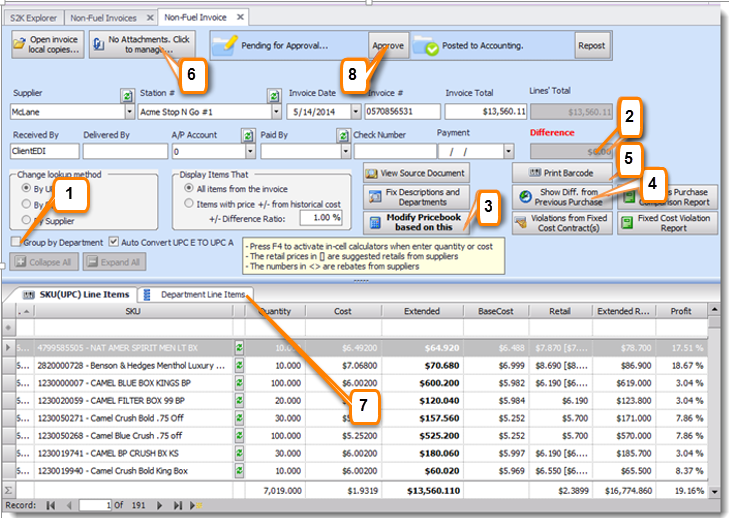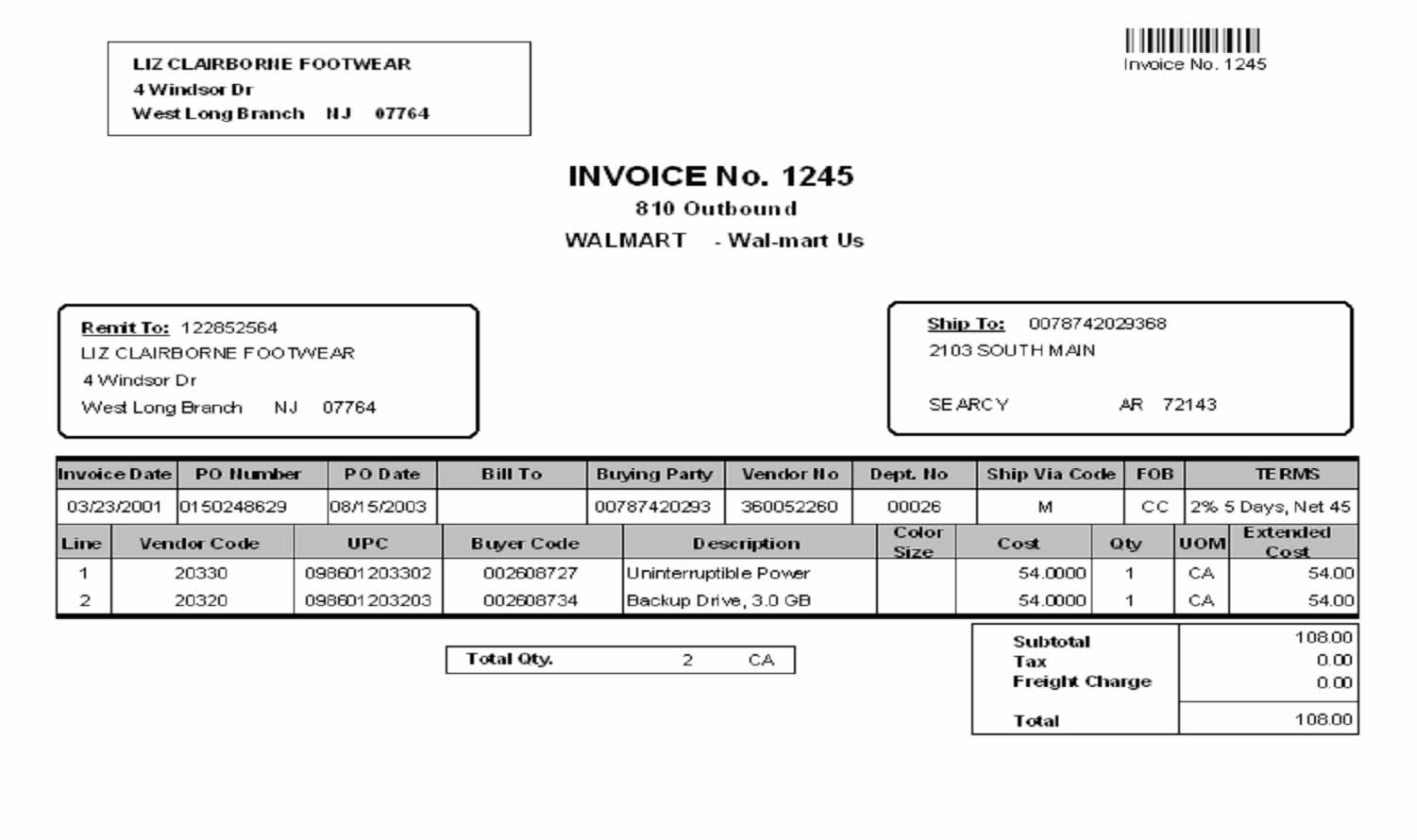
An invoice sent via mail or email has the potential to be lost in transit, with the billing party unaware of the failure of receipt.ĮDI invoicing provides a confirmation of receipt. While automation and standardization increase the accuracy of the content of an individual or group of invoices, the most basic element for assurance that a bill is processed for timely payment is receipt by the responsible party. EDI chard codes are uniform, which ensures consistency even in organizations with incredibly high invoice volume. Unique segments are assigned for individual fields, removing any need for data interpretation. With defined criteria for both content and format, the margin for erroneous records is diminished. Standardization in EDI billing is an additional measure toward increasing invoice accuracy. The preservation of the integrity of the invoice data results in greater accuracy for both auditing and payment purposes. EDI billing is automated, eliminating the need for a second round of data entry, and drastically reducing the potential for human error. The reduction of human intervention is the first component ensuring greater accuracy in the invoicing process. This accuracy is achieved through automation, standardization and confirmation. Accuracy of InvoicingĮDI invoicing ensures greater accuracy from the onset of invoicing activity.
Edi invoicing manual#
On the other hand, EDI invoicing requires no manual intervention and is more readily visible to all parties. Those invoices spend a minimum of one business day in transit before reaching their intended location, where they then require sorting, scanning, uploading and re-keying.Įmail submission is a more expeditious process than paper invoicing but still requires manual entry upon receipt which can be prone to errors. Paper invoices require the carrier or vendor to generate or manually key data, print, and mail invoices. One of the most tangible benefits of implementing EDI billing is the speed with which transactions are sent and received, specifically when compared to alternate invoicing methods. EDI transaction billing has many advantages over manual paper transaction processing including saving businesses money, improving transaction accuracy, and improving the speed of payment processing. What is EDI Billing?ĮDI stands for Electronic Data Interchange and refers to a standardized format of electronic billing communication between two firms that do business together (commonly known as trading partners). Electronic data interchange (EDI), the transfer of standardized electronic documents between businesses, is a viable solution for streamlining invoice practices and as a result, increasing efficiency. Increasing efficiency is almost always the primary goal within any company’s supply chain. Transportation Management Systems (TMS).Change Management Consulting & Training.For further details and support please contact the Unifeeder IT-department ( )ĭepending on the format and number of adjustments, we expect an implementation time of 2 – 4 weeks per communication process. We trust that our customes, like us, appreciate the benefits of EDI and would like to improve our business relationship.

To simplify the payment transfer we accept payment via EDI as well. We are able to offer both separate and deferred/collected invoicing, based on ocean vessels or predefined periods - i.e.

The invoice procedure can be setup individually according to agreement with the customer. Therefore Unifeeder is offering customers invoices by EDI.

Using EDI in connection with financial transactions reduces errors and paperwork and improves access to real time financial data.

Using EDI in connection with financial transactions reduces errors and paperwork, and improves access to real time financial data.Īt Unifeeder we have been offering our customers EDI invoices for some years but we would like to take a step further and arrange payment via EDI too.


 0 kommentar(er)
0 kommentar(er)
